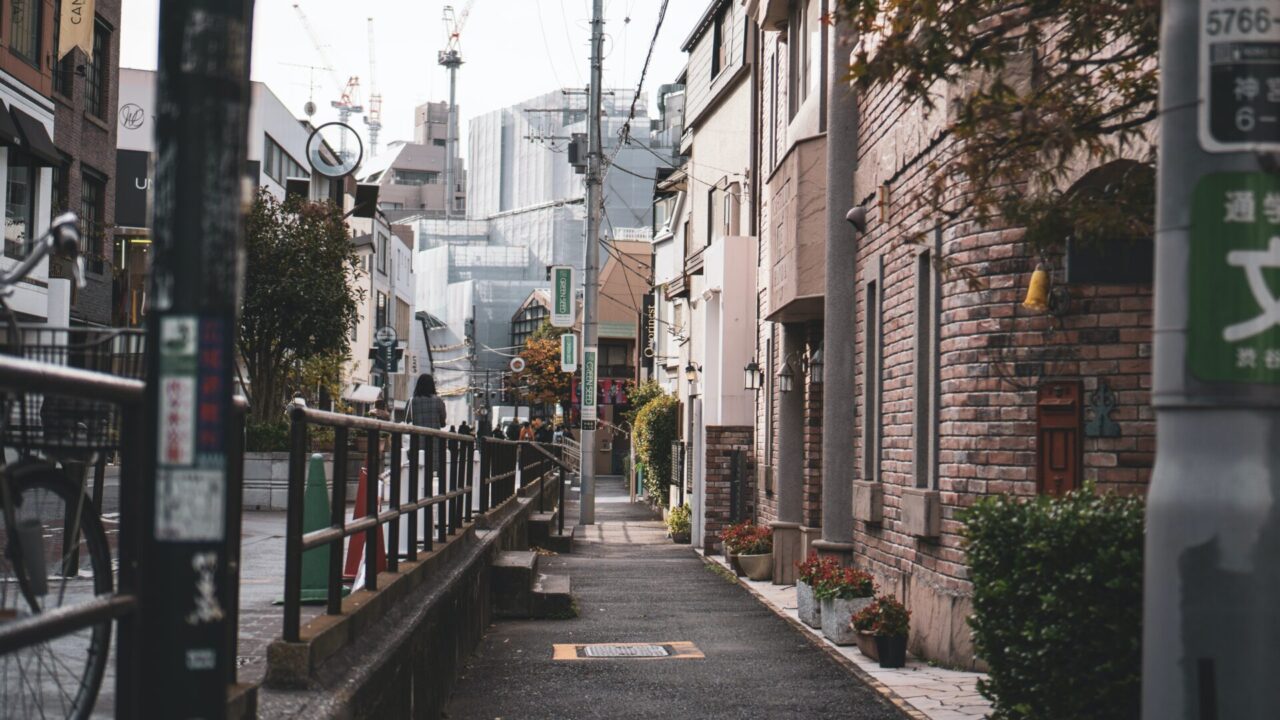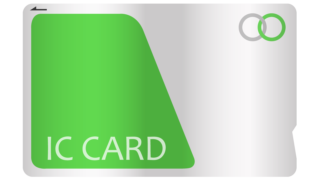We understand that one of the most anxiety-provoking aspects of traveling to Japan for the first time is how to read and understand Japanese addresses. In this guide, we will explain how to read seemingly complicated Japanese addresses in simple, easy-to-understand steps, so you, the traveler, don’t worry.
Understanding the Japanese Address System
Unlike the grid-based address systems in many western countries, Japan’s address system is based on a hierarchical structure, starting from a larger area and narrowing down to specific locations. This system can be challenging for newcomers, but with a little practice, you’ll find it’s actually quite logical.
Address Components and their Hierarchy
A Japanese address typically consists of seven main components. From the largest to the smallest, these components are:
a) Postal Code: A 7-digit code (e.g., 123-4567) that helps to narrow down the address to a specific region.
b) Prefecture: The largest administrative division in Japan, similar to a state or province. There are 47 prefectures in total.
c) City or Ward: The next level down from the prefecture, which can be a city or a special ward in the case of Tokyo.
d) District or Town: A smaller division within a city or ward, often named after a historical figure or geographical feature.
e) Chōme: A further division of a district or town, chōme numbers are used to denote a specific block or area.
f) Banchi: The banchi number represents a specific plot of land within a chōme, and can be further subdivided into smaller units.
g) Building Name and Room Number: Finally, this component provides the name of the building and the room number, if applicable.
Romanization and Pronunciation
While Japanese addresses are usually written in Japanese characters, many signs and maps also provide romanized versions. Romanization systems such as Hepburn, Kunrei-shiki, and Nihon-shiki are used to represent Japanese characters using the Latin alphabet. The Hepburn system is the most common and easiest for English speakers to read and pronounce. Keep an eye out for these romanized versions to make navigating Japan a bit simpler.
Tips for Navigating Addresses in Japan
Here are some practical tips to help you find your way around Japan using addresses:
a) Carry a Smartphone: Use a reliable map app like Google Maps to help you navigate to your destination. Be sure to download offline maps for the areas you’ll be visiting in case you lose internet connection.
b) Ask for Help: Don’t be afraid to ask locals for assistance. Most people are happy to help, and some may even offer to walk you to your destination.
c) Keep an Eye on Landmarks: Look for recognizable landmarks like train stations, convenience stores, and major intersections to help you orient yourself.
d) Take Photos of Addresses: When you arrive at your accommodation or any important location, take a photo of the address in both Japanese and romanized versions. This will be helpful if you need to show it to a taxi driver or local for directions.
Conclusion
With this comprehensive guide to understanding Japanese addresses, you can confidently navigate Japan’s unique address system and fully enjoy your trip. From utilizing public transportation to seeking assistance from locals, this guide covers essential information to make your journey as smooth as possible. Embrace the excitement of exploring Japan and cherish the memories you create in this captivating country.





